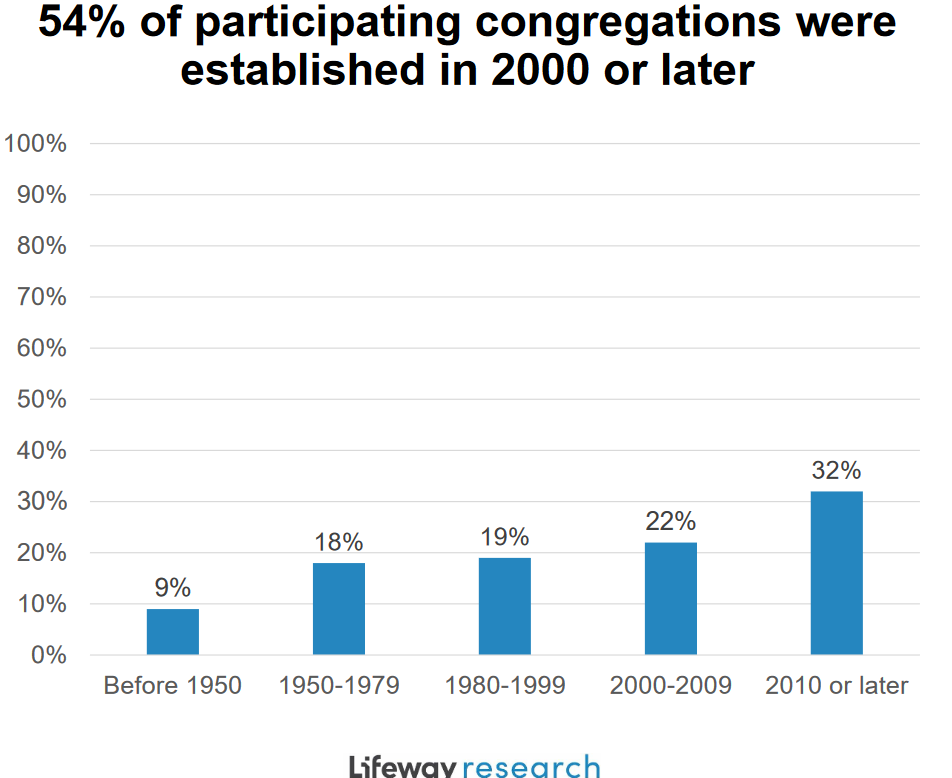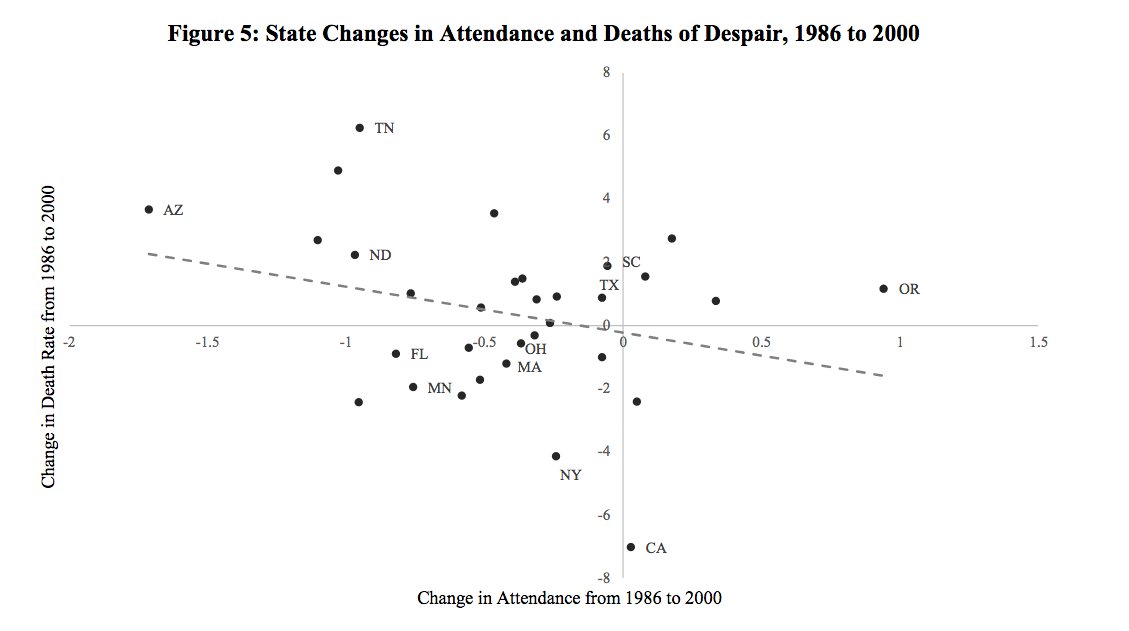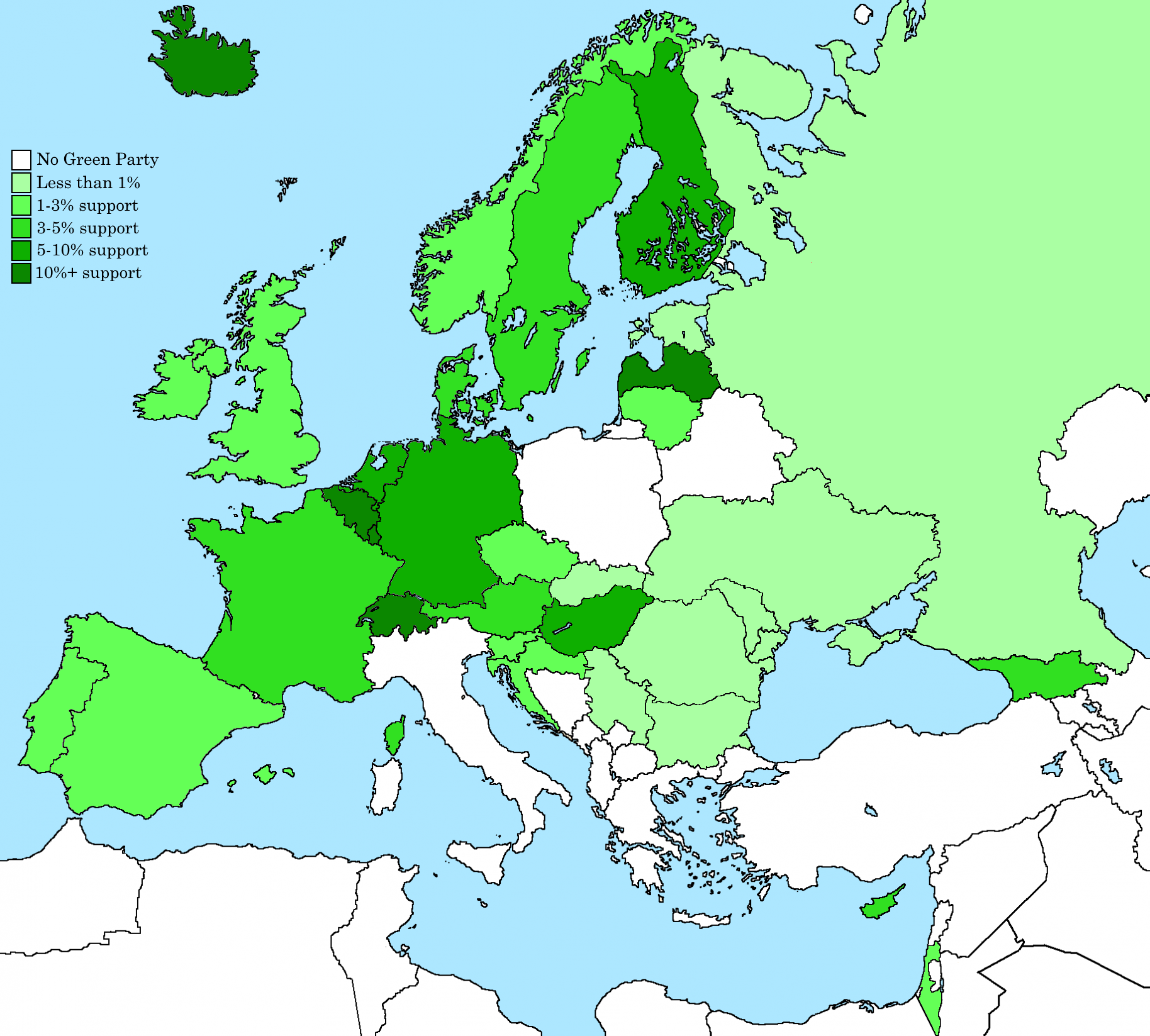
 areas with populations of 100,000 or more. The survey also found that over a third of the congregations (35 percent) consist of members under the age of 30. These members tend to be newcomers to the U.S., with the majority (58 percent) reported to be first-generation Americans who wereborn outside of the country. This explains why 53 percent of the congregations conduct their services only in Spanish, while 22 percent are bilingual. The study surveyed 692 pastors of Hispanic congregations; only churches that were at least 50 percent Hispanic were included in the survey.(The study can be downloaded from: https://research.lifeway.com/wp-content/uploads/2023/01/Hispanic-American-Church-Study-Report.pdf)
areas with populations of 100,000 or more. The survey also found that over a third of the congregations (35 percent) consist of members under the age of 30. These members tend to be newcomers to the U.S., with the majority (58 percent) reported to be first-generation Americans who wereborn outside of the country. This explains why 53 percent of the congregations conduct their services only in Spanish, while 22 percent are bilingual. The study surveyed 692 pastors of Hispanic congregations; only churches that were at least 50 percent Hispanic were included in the survey.(The study can be downloaded from: https://research.lifeway.com/wp-content/uploads/2023/01/Hispanic-American-Church-Study-Report.pdf)
 Looking at state-level data, the researchers find that “religiosity and deaths of despair are negatively correlated; states with high levels of religiosity have suffered less from mortality due to alcohol, suicides, or drug poisonings. This negative relationship also holds when we consider that states that experienced larger decreases in religiosity have had the largest gains in the rate of deaths of despair.” They note that this decline was driven by changes in formal religious participation as opposed to changes in religious belief. Giles, Hungerman, and Oostrom argue that this phenomenon has taken place before in American history and may explain the mechanism for this relationship. Using historical data on the repeal of blue laws (which restricted business activity on Sundays), the researchers find that lifting these laws caused “negative shocks” to religious practice that resulted in similar deaths of despair. Although legalizing alcohol sales on Sundays may explain part of this trend, the largest increase in mortality came from suicides. The authors conclude that reversing this trend will be difficult. “…Even if these trends were reversible, the literature suggests that the primary benefits of religious participation for life satisfaction are difficult to replicate with other forms of social engagement.”
Looking at state-level data, the researchers find that “religiosity and deaths of despair are negatively correlated; states with high levels of religiosity have suffered less from mortality due to alcohol, suicides, or drug poisonings. This negative relationship also holds when we consider that states that experienced larger decreases in religiosity have had the largest gains in the rate of deaths of despair.” They note that this decline was driven by changes in formal religious participation as opposed to changes in religious belief. Giles, Hungerman, and Oostrom argue that this phenomenon has taken place before in American history and may explain the mechanism for this relationship. Using historical data on the repeal of blue laws (which restricted business activity on Sundays), the researchers find that lifting these laws caused “negative shocks” to religious practice that resulted in similar deaths of despair. Although legalizing alcohol sales on Sundays may explain part of this trend, the largest increase in mortality came from suicides. The authors conclude that reversing this trend will be difficult. “…Even if these trends were reversible, the literature suggests that the primary benefits of religious participation for life satisfaction are difficult to replicate with other forms of social engagement.”
(The paper can be downloaded from: https://www.nber.org/system/files/working_papers/w30840/w30840.pdf)

Source: Owlocation.
Pruisken found that along with these factors, there were four urban paths to megachurch establishment, the most frequent one consisting of having a large presence of evangelicals and Christian fundamentalists (as in Dallas, Atlanta, and Houston), followed by population growth and a large presence of Hispanics (in Miami, Dallas, Houston, Los Angeles, San Diego, and Phoenix). At least in the U.S., Pruisken found that megachurches also grow in cities that are characterized by a high degree of cultural pluralism, Seattle being the main example. In this third path, there is the conjunction of tolerant educated groups and evangelical or mainline Protestant groups, as well as population growth. The fourth and weakest path for the success of megachurches is in areas with a tolerance of homosexuality and mainline Protestants, often consisting of black and mainline Protestant megachurches (such as in Washington, DC, Baltimore, and Minneapolis-St. Paul). But this path is also marked by competitive pressure from secular forces and lower population growth.
(Sociological Forum, https://onlinelibrary.wiley.com/journal/15737861)

Source: Quakers in Britain.
(Society, https://www.springer.com/journal/12115)

Source: MapPorn / Reddit.